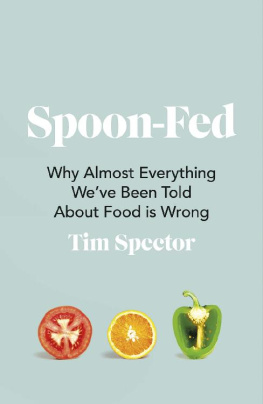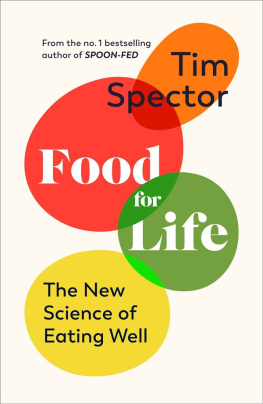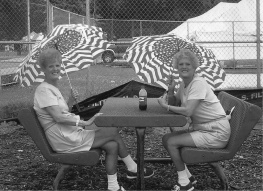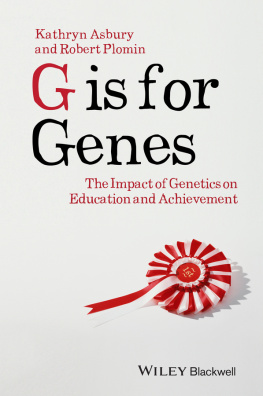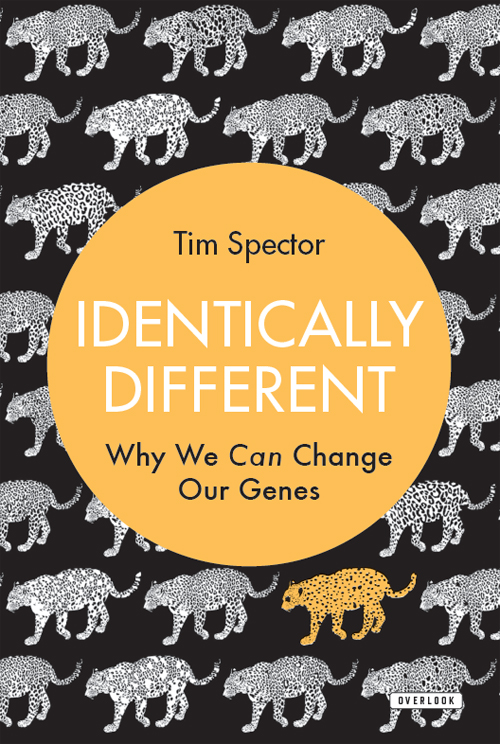This edition first published in hardcover in the United States in 2013 by
The Overlook Press, Peter Mayer Publishers, Inc.
www.overlookpress.com
For bulk and special sales, please contact sales@overlookny.com, or write us at the address above.
First published in Great Britain in 2012 by Weidenfeld & Nicolson
Tim Spector 2012
All rights reserved. No part of this publication may be reproduced, stored in a retrieval system, or transmitted, in any form or by any means, electronic, mechanical, photocopying, recording or otherwise, without the prior permission of both the copyright owner and the above publisher.
ISBN: 978-1-4683-1040-5
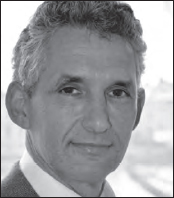
Tim Spector is Professor of Genetic Epidemiology at Kings College London and a consultant physician at Guys and St Thomas hospital. He set up the Twins Uk Register in 1993, the largest of its kind in the world, which he continues to direct. He has appeared in numerous television documentaries and is often interviewed by the media on his teams research.
Jacket design by Lucy Stephens
Jacket art by iStockphoto

THE OVERLOOK PRESS
NEW YORK, NY
www.overlookpress.com
For Veronique, Henri and Phillip
After many hours on their feet performing intricate vascular brain surgery, the team was tiring fast. A small severed artery pumped a thin stream of blood onto one of the surgeons glasses before it was sealed off. Some other blood vessels were leaking steadily, and it was not clear what caused the bleeding and where exactly it originated. Clamping a number of suspect veins and arteries didnt work, the area of the back of the exposed brain just kept filling up with fresh blood and obscuring everything, making it hard to distinguish the grey shiny brain tissue from the vessels.
The blood pressures dropping, said the chief anaesthetist.
Not good, thought Dr Keith Goh, the head surgeon, grimly. Then: Lets give the rest of the blood transfusion now and get some more units up here. Well try more compression and stitches and reseal the dura and see if it holds. I dont think we have any other choice.
Twenty-nine years earlier and several thousand miles away, two baby girls, identical twins, had been conceived as the result of a series of chance events. At just the right day of the month, one of their fathers many billion sperm containing a half-set of 23 chromosomes met and fertilised one of their mothers 400 eggs containing another half-set of 23 chromosomes. A few days later a single fertilised egg, still containing no more than a handful of cells, suddenly split, and produced two genetically identical embryos. The two baby clones developed for nine months side by side.
The twins were born on a cold day in January in the troubled years just before the revolution in Firouzabad in southwest Iran. At first they hardly saw their parents, who were poor farmers with nine other kids to feed and look after. Because of complications the twins stayed in hospital, and because of their parents financial problems they were adopted by a kindly doctor.
The two girls did everything together, eating, playing, sleeping, and never left each others side. Despite their identical genes and environment, there were obvious differences between them. Ladan liked animals, whereas Laleh preferred computer games, which Ladan, who preferred to pray, couldnt stand. When they were older, both started to enjoy shopping, particularly for cosmetics. Ladan was left-handed and Laleh right-handed. They did well at school, though they often whispered answers to each other in exams. They wanted to continue to study together, but Ladan hoped to be a lawyer in Tehran and Laleh a journalist in Shiraz. Eventually Ladan won the argument and they both studied law in Tehran. When asked, they would both agree that Ladan was the talkative extrovert and Laleh was more introverted.
How could the differences in personality of these two girls be explained? They were genetic clones with exactly the same DNA structure and every one of the 100 trillion cells of their body contained the same 25,000 genes. They had been attended to, and initially fed, by the same mother, and later brought up by the same adopted father. They had spent every day of their lives together, gone to the same school and university; they had the same friends and the same diet. They also had a special and unique bond: they were literally inseparable. They were Siamese twins conjoined at the head.
As the twins got older, their desire for independence grew, and they spent six years trying to convince doctors to perform surgery to separate them. All the experienced doctors they consulted declined, because of the very high probability of death in such a complex operation. The twins shared the major vein (the sagittal sinus) running behind the brain which acts as the main reservoir of blood. In 2003 they finally convinced Dr Goh, a senior neurosurgeon from Singapore, to operate on them despite the apparent risks. He had performed previous successful operations on younger twins and optimistically put the risk of death at closer to fifty-fifty.
The operation started on a humid morning in July in Singapore with a confirmatory MRI scan. It lasted 52 hours and involved 28 surgeons from four countries, as well as hundreds of support staff. The operation itself cost millions of dollars they had to use a specially designed operating table resembling a double dental chair and Iranian TV crews gave regular updates.
After hesitating at a crucial stage when the operation was nearly aborted, the team finally managed to separate the heads. But the brains were more closely fused than they expected from the scans; bleeding from the shared complex network of blood vessels could not be controlled. Neither of the twins regained consciousness, and despite the best efforts of the team, they died soon after. A note written by them and posted on the hospital website the day of the operation read: We have been praying every day for our operation We hope the operation will finally bring us to the end of this difficult path, and we may begin our new and wonderful lives as two separate persons. The twins got their wish. They were finally separated in death they were buried in individual tombs yet still lie side by side.
Conjoined twins are thankfully extremely rare (1 in 2 million births), but the story of Ladan and Laleh illustrates a key point. Most of us share very similar genes and environments to our siblings and parents, yet our personalities, tastes, physical appearance and health turn out to be entirely different. If our genes and environment are the same, how can there be any room for differences between us? And, if so, how do these differences arise?
In 2009 I undertook the role of scientific consultant for a BBC two-part series called The Secret Life of Twins. The first programme was straightforward to plan, as it presented case studies on how uncannily similar some identical twins are, even those that have been separated at birth. There was a great example of two Chinese girls, Mia and Alexandra, separated as infants and adopted by two families in Sacramento, California and the fjords of Norway respectively. Each family was unaware of the other twins existence.
On the occasion of the filming of our documentary, Mia and Alexandra, aged six, were reunited. Although they lacked a common language they became instant friends. From the time they first skipped out of the car and waved to each other it was clear they had seemingly identical habits and mannerisms. Their brief time together, and the traumatic reseparation that followed, didnt leave a dry eye in the house.



